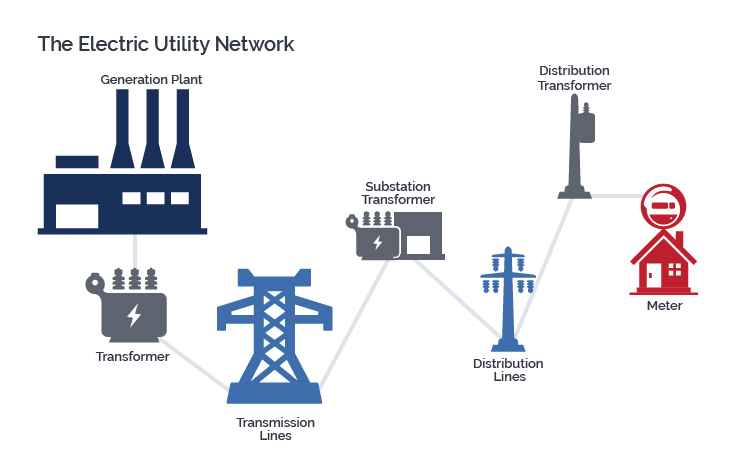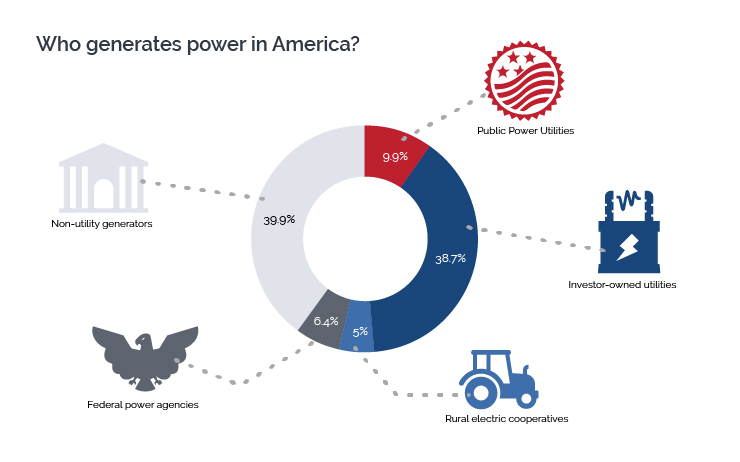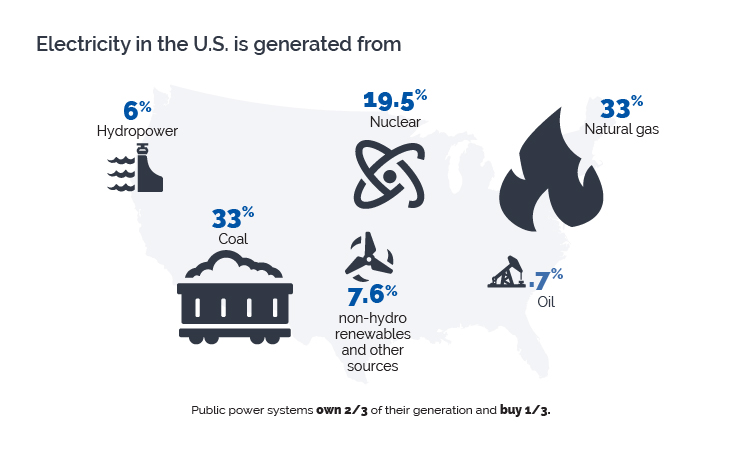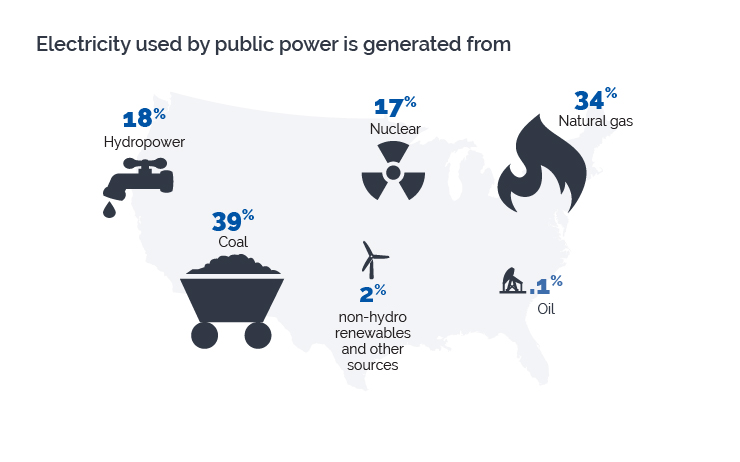What Is Electricity?

What Are the Sources of Electricity?



Availability of Electricity
Some sources of power can be ramped up and down fairly easily, while others must run continuously. Continuously operating plants are also called “base load resources” and plants that are used only when energy use increases are called “intermediate” or “peaking” resources. Renewable sources generate electricity only when there is sufficient energy, such as from the wind or sun, and in the absence of associated storage capacity, are considered “intermittent” or “variable” resources.
Where Electricity Travels
The electric transmission network in the United States is organized into three interconnections – large grids that operate in sync and are carefully coordinated to prevent widespread blackouts. These interconnections effectively set boundaries for where electricity flows across the U.S.

Buying and Selling Electricity
Power suppliers can sell the power they generate or transmit in wholesale power markets. The Federal Energy Regulatory Commission regulates this wholesale sale of electricity. In an effort to increase transmission access to buyers and sellers, FERC encouraged transmission infrastructure owners to hand over operations of transmission facilities to regional transmission organizations, also called independent system operators. These RTOs/ISOs provide interstate transmission services and operate wholesale power supply markets. Not all regions of the country have an RTO or ISO, and there are variations in regional power supply and transmission markets.
What is the Smart Grid?
The smart grid is a developing network of transmission lines, equipment, controls, and technologies working together to respond immediately to electricity demand.
